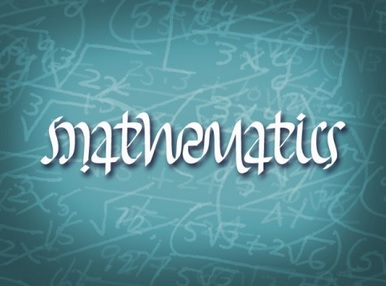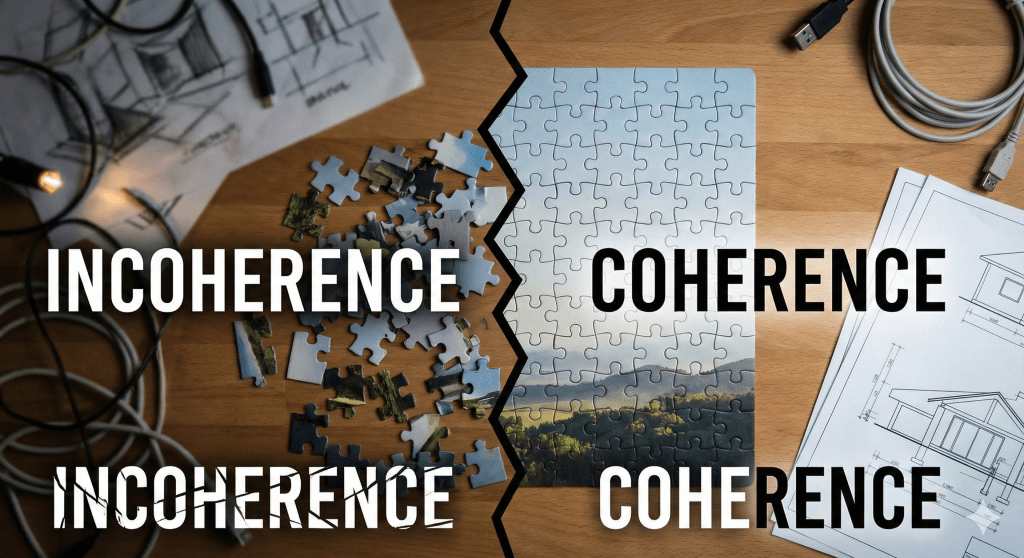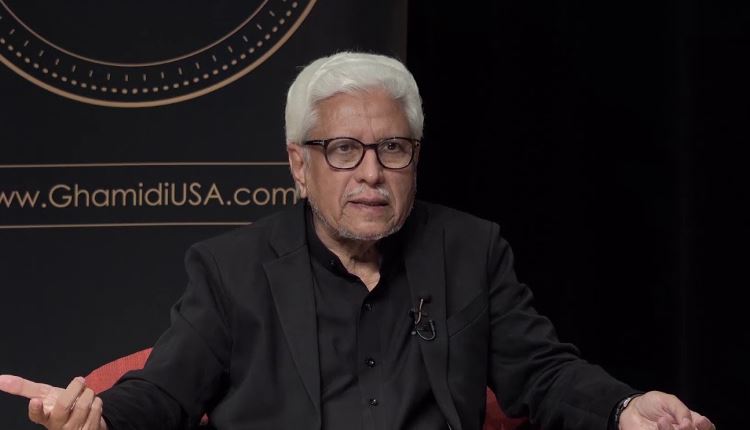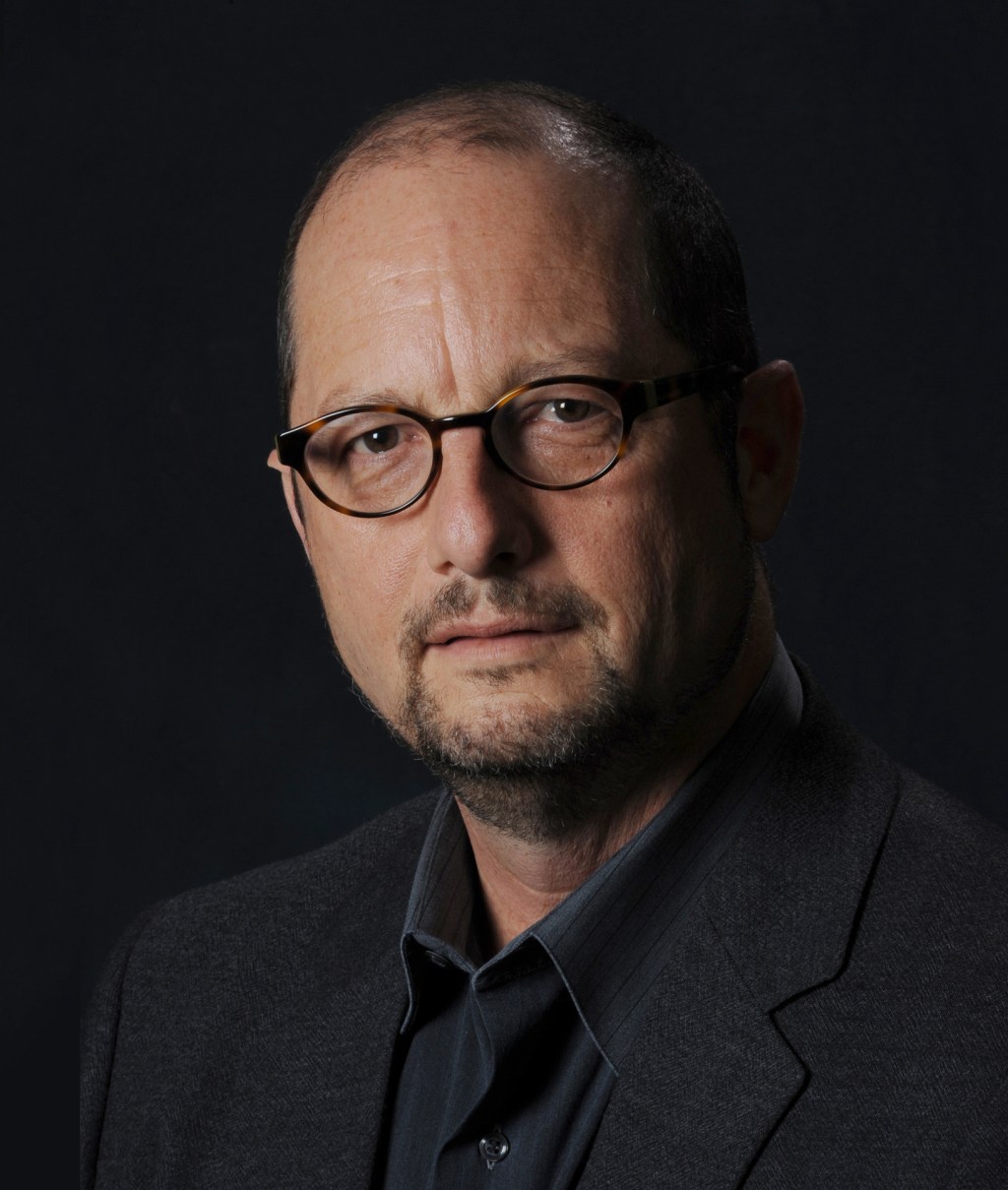Epigraph
Allah — there is no God but He, the Living, the Self-Subsisting and All-Sustaining. Slumber seizes Him not, nor sleep. To Him belongs whatsoever is in the heavens and whatsoever is in the earth. Who is he that will intercede with Him except by His permission? He knows what is before them and what is behind them; and they encompass nothing of His knowledge except what He pleases. His knowledge extends over the heavens and the earth; and the care of them burdens Him not; and He is the High, the Great. (Al Quran 2:255)

Written and collected by Zia H Shah MD
Given the success of the scientific expedition in the last five centuries, majority of the top scientists, mathematicians and philosophers in the West have become atheists, because they have concluded that there is nothing out there other than the physical world, its laws that they have discovered or will soon discover. This over confidence has led them astray. They have become strict materialists or physicalist.
If there is anything beyond time, space and matter, that by definition the scientists cannot discover it. But, this is a catch 22. If they discover anything then it was within time, space and matter and if they cannot discover it directly then it does not exist. For now, theoretically even a small convincing discovery like telepathy or precognition will defeat their physicalist paradigm. But, I am sure that as soon as a discovery is made, after a little Monday morning quarterbacking, it can be included in a materialistic paradigm.
However, we do have a possible defeater for such concrete thinking and obsession with materialism. Any good revelation from the All Knowing God, in the Quran or the Bible that gives unexpected facts about future has to be considered beyond materialism. On this specific issue, I will leave you with one article: How Even a Single Profound and True Revelation Defeats Materialism or Physicalism?
Limitations of science are becoming apparent in the current scientific and philosophical discussions on human consciousness and freewill. We have a large collection of articles on both subjects:
The crown verse of the Quran talks about limitations of human knowledge, by stating in the crown verse: “He knows what is before them and what is behind them; and they encompass nothing of His knowledge except what He pleases.” There are other verses of the Quran also that talk about limitations of human knowledge.
In this regards I want to share information about Gödel’s incomplete theorem, Schrodinger’s cat and quantum physics and more below:
Gödel’s incomplete theorem
The above video of Nobel Laureate Roger Penrose describes Gödel’s incomplete theorem and much more. Below is a short article about Gödel’s incomplete theorem from Encyclopedia Britannica:
Fact-checked by The Editors of Encyclopaedia Britannica
Last Updated: May 21, 2024 • Article History
Incompleteness theorem, in foundations of mathematics, either of two theorems proved by the Austrian-born American logician Kurt Gödel.
In 1931 Gödel published his first incompleteness theorem, “Über formal unentscheidbare Sätze der Principia Mathematica und verwandter Systeme” (“On Formally Undecidable Propositions of Principia Mathematica and Related Systems”), which stands as a major turning point of 20th-century logic. This theorem established that it is impossible to use the axiomatic method to construct a formal system for any branch of mathematics containing arithmetic that will entail all of its truths. In other words, no finite set of axioms can be devised that will produce all possible true mathematical statements, so no mechanical (or computer-like) approach will ever be able to exhaust the depths of mathematics. It is important to realize that if some particular statement is undecidable within a given formal system, it may be incorporated in another formal system as an axiom or be derived from the addition of other axioms. For example, German mathematician Georg Cantor’s continuum hypothesis is undecidable in the standard axioms, or postulates, of set theory but could be added as an axiom.
The second incompleteness theorem follows as an immediate consequence, or corollary, from Gödel’s paper. Although it was not stated explicitly in the paper, Gödel was aware of it, and other mathematicians, such as the Hungarian-born American mathematician John von Neumann, realized immediately that it followed as a corollary. The second incompleteness theorem shows that a formal system containing arithmetic cannot prove its own consistency. In other words, there is no way to show that any useful formal system is free of false statements. The loss of certainty following the dissemination of Gödel’s incompleteness theorems continues to have a profound effect on the philosophy of mathematics.
The Strange Science of Schrödinger’s Cat and Quantum Superposition
Schrödinger’s Cat
Fact-checked by The Editors of Encyclopaedia Britannica
Last Updated: May 7, 2024 • Article History
Schrödinger’s cat, thought experiment designed by theoretical physicist Erwin Schrödinger in 1935 as an objection to the reigning Copenhagen interpretation of quantum mechanics.
Often considered as central to quantum physics as Isaac Newton’s laws of motion are to classical physics, the Schrödinger equation, which he had devised in 1926, is essentially a wave equation that describes the form of probability waves (or wave functions) that govern the motion of small particles and how these waves change over time. Solutions to the equation take the form of wave functions that can only be related to the probable occurrence of physical events. Schrödinger used the equation to predict the qualities of a hydrogen atom, and the equation remains a fundamental building block of quantum mechanics.Britannica QuizAll About Physics Quiz
However, Schrödinger himself was displeased with how the equation came to be interpreted, namely, the Copenhagen interpretation (so called because its main proponent, Niels Bohr, lived in that city). Unlike Newton’s equations of motion, which provided concrete answers to questions of the universe, the Copenhagen interpretation of Schrödinger’s equation depended on the more abstract notion of probability. Instead of precise locations and quantities, quantum mechanics could only produce results no more concrete than the probability of an electron existing in a certain spot after a certain amount of time.
Schrödinger felt that while quantum mechanics was valid in describing the blurriness of the subatomic world, applying quantum mechanics indiscriminately led to strange consequences, writing in his paper “The Present Situation in Quantum Mechanics” (1935):
One can even set up quite ridiculous cases. A cat is penned up in a steel chamber, along with the following device (which must be secured against direct interference by the cat): in a Geiger counter there is a tiny bit of radioactive substance, so small, that perhaps in the course of the hour one of the atoms decays, but also, with equal probability, perhaps none; if it happens, the counter tube discharges and through a relay releases a hammer which shatters a small flask of hydrocyanic acid. If one has left this entire system to itself for an hour, one would say that the cat still lives if meanwhile no atom has decayed. The psi-function of the entire system would express this by having in it the living and dead cat (pardon the expression) mixed or smeared out in equal parts.

Schrödinger’s cat argues that, in the Copenhagen interpretation, until an observer opens the box and reveals the cat’s fate, the cat is both alive and dead—a state described as a “superposition.” Schrödinger thought that the cat being both alive and dead was “quite ridiculous” and intended his thought experiment to challenge other scientists’ suppositions about quantum mechanics. However, scientists have since been able to place particles such as ions and photons in superposed states. French physicist Serge Haroche and American physicist David Wineland won the 2012 Nobel Prize for Physics for their work in devising experiments to create such “Schrödinger cat states,” in which particles can be observed as simultaneously being in two different states.
Video: Learning Limitations of Science from the Famous Astrobiologist Frank Drake
Epigraph: Have they reflected not in their own minds that Allah has created the heavens and the earth and all that is between the two with a sublime purpose and for a fixed term? (Al Quran 30:8) Frank Drake is the last person to be interviewed in the above video. […]
Video: Limitations and Philosophy of Science
… … …
Video: Does Consciousness Defeat Materialism?
Epigraph: And they ask you concerning the soul. Say, ‘The soul is by the command of my Lord; and of the knowledge thereof you have been given but a little.’ […]
…
…





Leave a comment